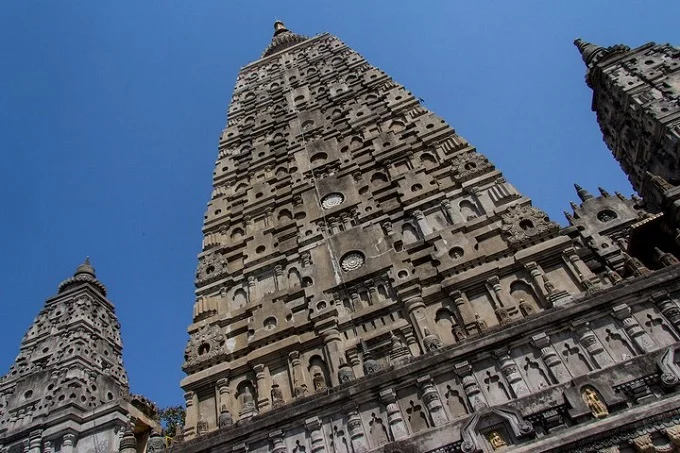Although it is impossible to pinpoint the exact year of the Buddha’s birth, there is no doubt that he lived sometime between the sixth and fifth centuries B.C. A descendent of the Bodhi Tree may be found within the Great Temple of Awakening.
Siddhartha Gautama, a young prince who had never witnessed death or suffering before, chose to put a stop to it under this tree and achieved enlightenment.
He sat in meditation for three days and three nights between the roots of this tree before eventually receiving the answers he was looking for. Emperor Ashoka constructed the Mahabodhi Mahavihar shrine in his honor about 260 B.C.
The temple’s original construction, which remains today, was constructed during the time of the Gupta rulers in the 7th century.
The temple has been maintained by various individuals throughout the years, including a restoration in 1883 that included British archaeologist Sir A. Cunningham and Indian Dr. Rajendra Lal Mitra.
When the Indian government decided to repair and extend the Mahabodhi grounds in 1956, further restoration was undertaken. Another significant occasion for the temple is June 27, 2002, when Mahabodhi Mahavihar was designated as a World Heritage Site by UNESCO.
The brick Mahabodhi Temple is one of the earliest remaining brick buildings in eastern India. The Mahabodhi Mahavihar temple tower stands 50 meters above ground level and is flanked by lesser towers.
Images of the Hindu goddess Lakshmi being bathed by elephants and four horses hauling a chariot with the Hindu sun deity Surya may be seen on one of the earliest fences. The lotus blossoms, which are frequently utilized in Buddhism, would be missing from this temple.
A Buddhist monarch built the foundations of a magnificent monastery two hundred years after the Buddha. On the spot where the Buddha meditated, a diamond throne known as the Vajrasana was constructed.
Mahabodhi is one of the most easily replicated Buddhist buildings, both in terms of copycat temples and tiny reproductions. It, too, has had its ups and downs. With the arrival of the Muslim Turks in the 12th century, the temple lost its grandeur and was abandoned. The building and the surrounding wall were later restored by the Burmese kings.
Over the centuries, there have been many attempts to return the temple to its former glory, and no matter what happens, there is always some miracle that saves and brings Mahabodhi back to life.
